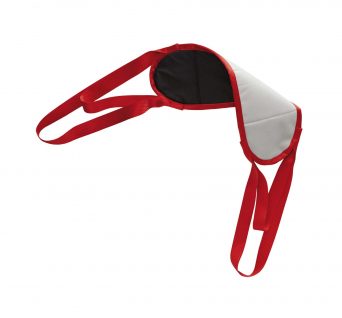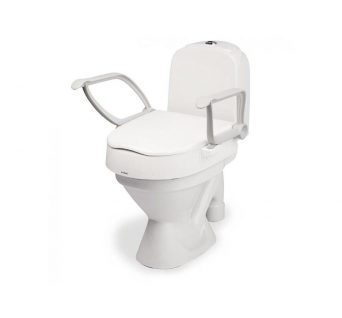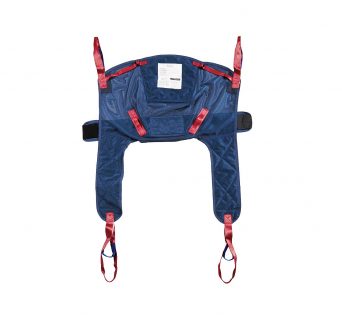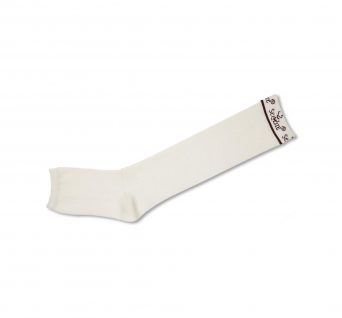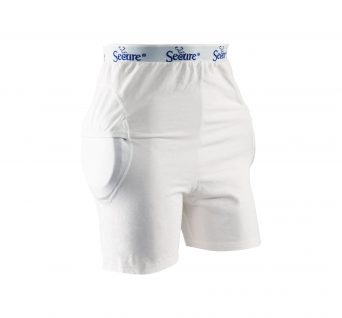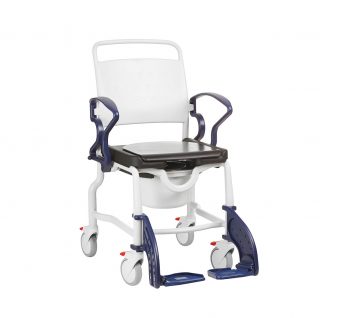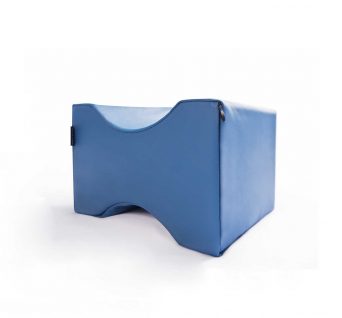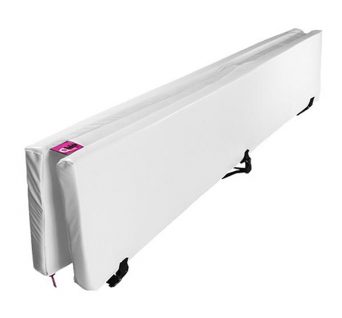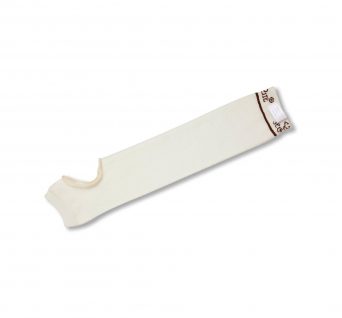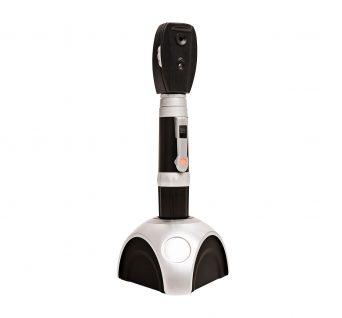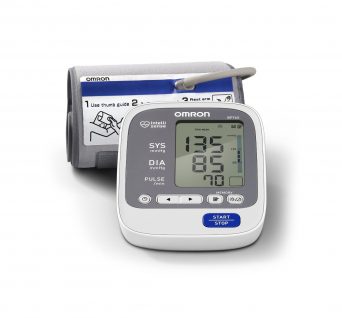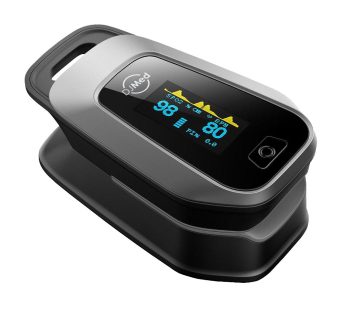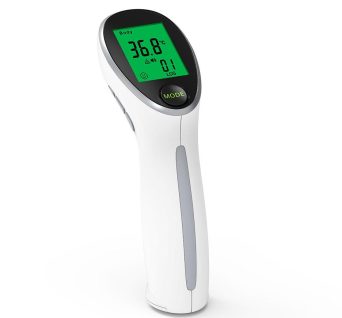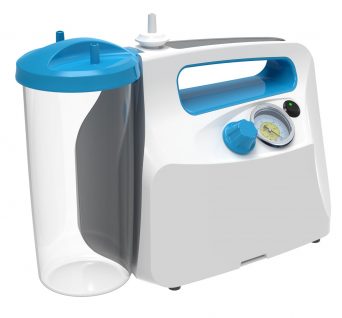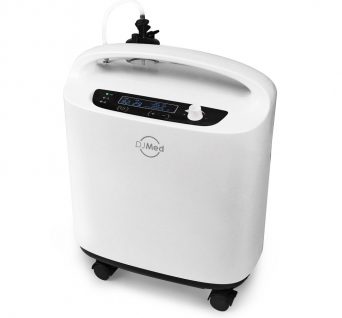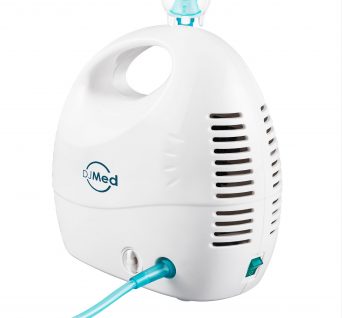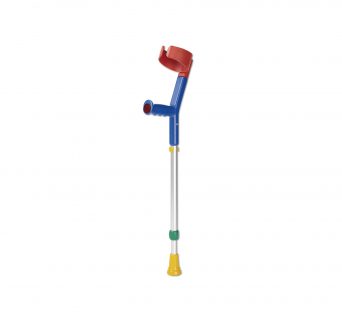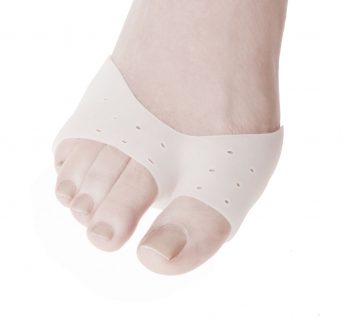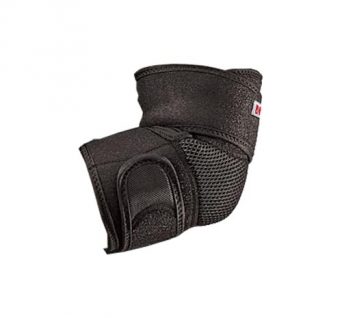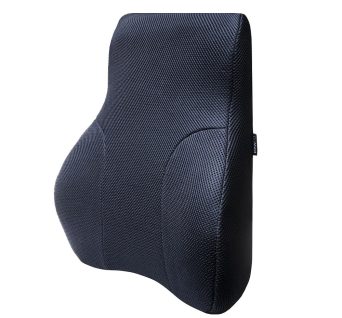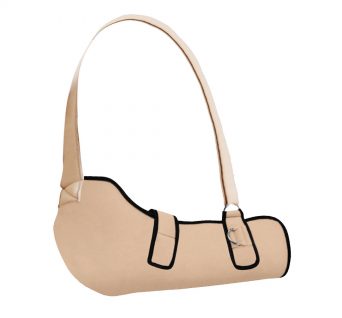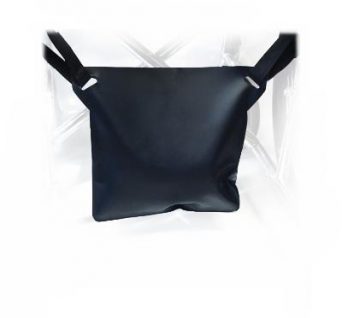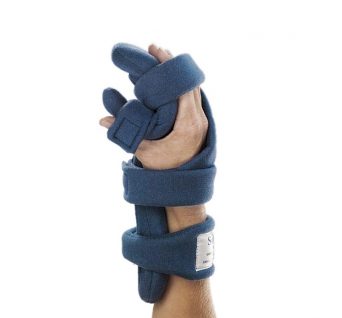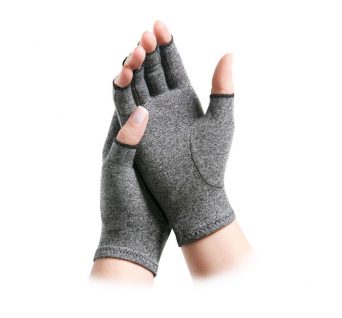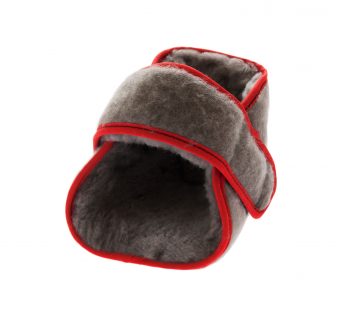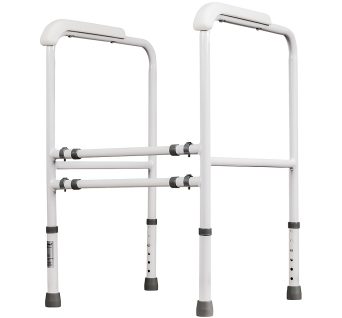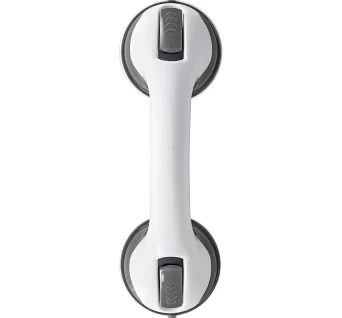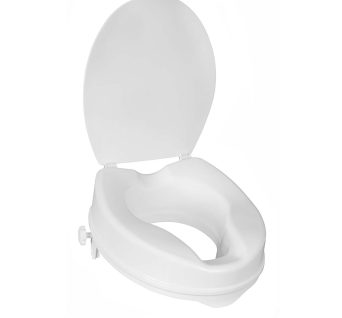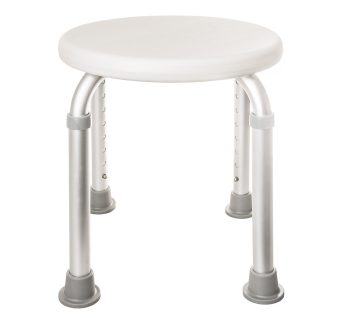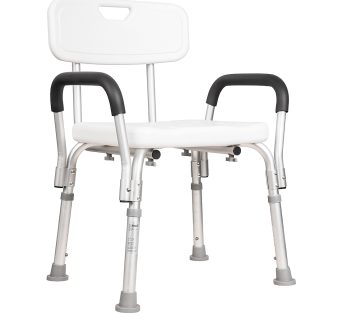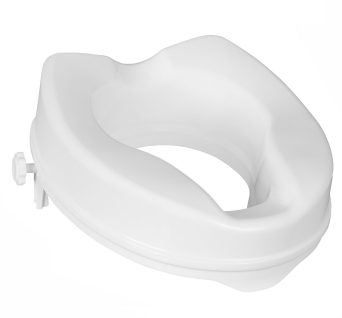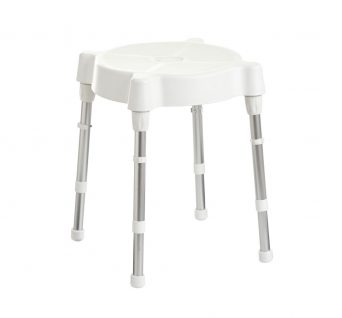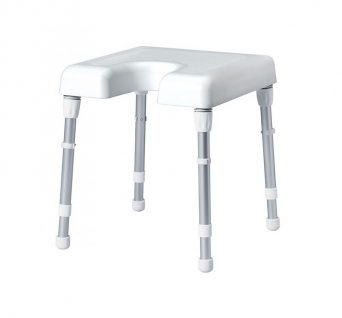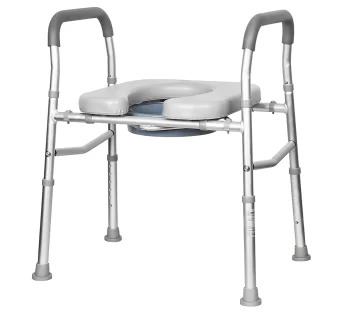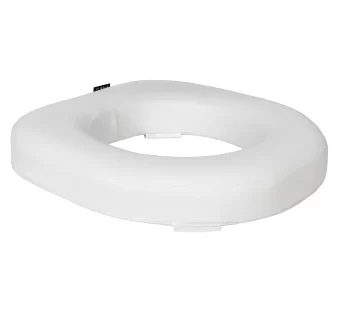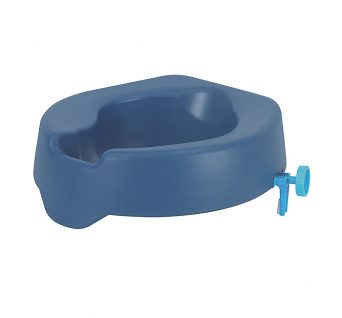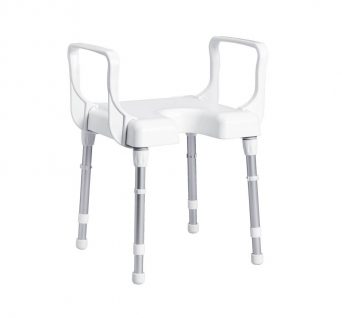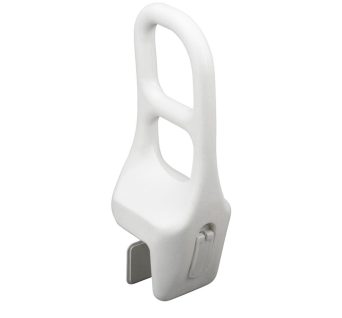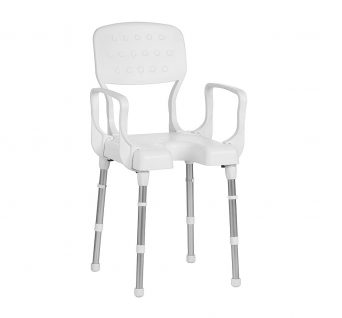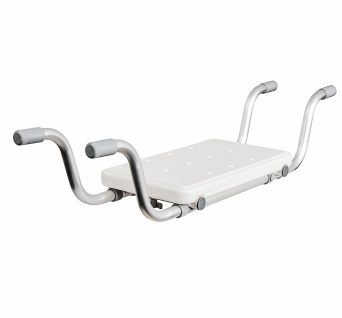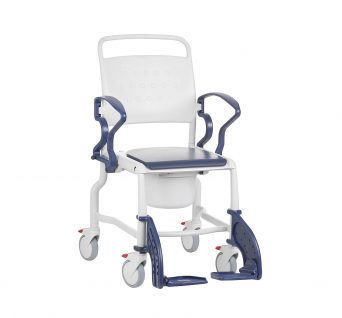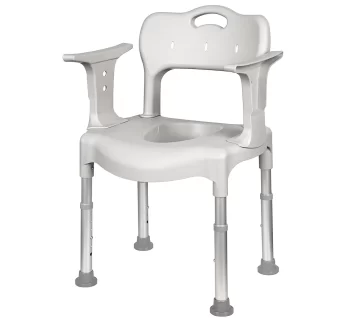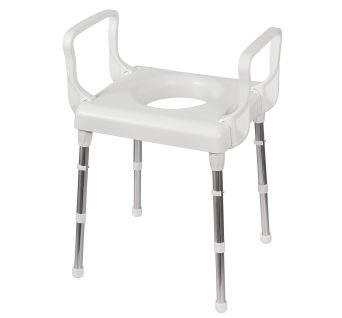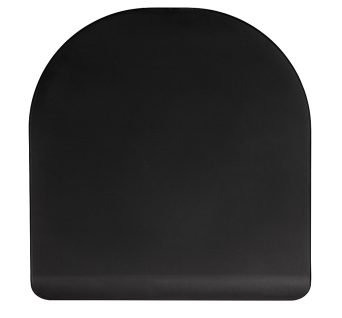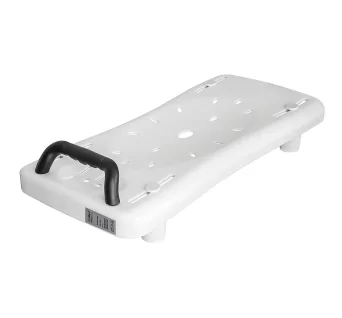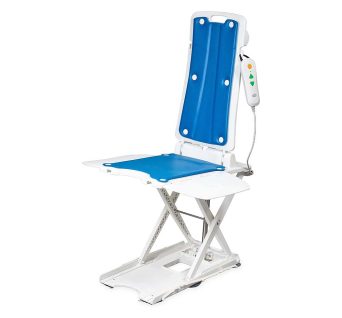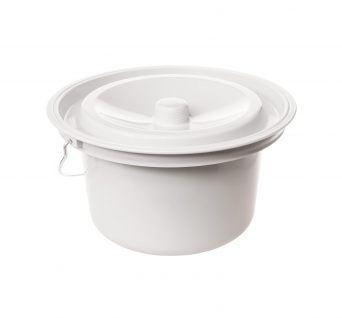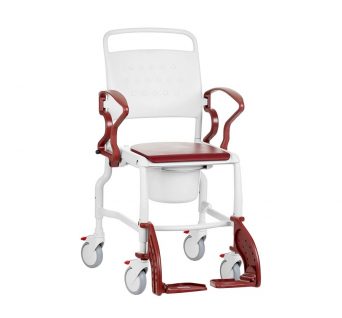No products in the cart.
Bathroom
Showing 1–30 of 65 results
- Toilet Surround
Fixed In Place Toilet Surround Frame, Adjustable
Toilet surround frame with side clamps for added stability.
Height and width adjustable toilet surround frame with handrails, designed to provide additional support and stability when using the toilet.
Adopt double side rail design, very safe and safer and sturdy. Perfect for those who are a fall risk and need handles at the bathroom or those who need a handicap compatible toilet.
SKU: 40420 - Toilet Seat Risers
Adjustable Raised Toilet Seat with Armrests
Fits most toilets, height adjustable, sturdy & safe, quality brand
The adjustable toilet seat raiser can make bathroom trips less challenging and more comfortable for the mobility ability.
Fits most standard-sized toilets. Convenient installation fits over existing toilet seat hinges.
SKU: 348 - Toilet Seat Risers
Raised Toilet Seat With Lid
Letting you reach the toilet seat with ease with a convenient toilet seat lid.
Struggling with mobility? Our raised toilet seat makes using the bathroom safer and more comfortable. The extra height means no more bending down low, reducing back, knee and hip strain. Just sit down and stand up naturally. Durable, easy-to-install, and affordable.
SKU: 73501 - Shower Stools & Chairs
Round Shower Stool
Free-standing round shower stool for seated support in the shower
The DJMed Round Shower Stool makes showering more comfortable and reduces the risk of serious falls. Designed for use by older people who might need some support in the shower, this is a great multi-use stool that comes in handy for both travel and home life.
Adjustable legs let you get just the right height quickly, and rubber studs on the feet provide extra grip so that you won’t slip.
- Slip resistant ferrules tips
- Four stable rubber stubs
- Easy push-button | height-adjustable
- Lightweight
SKU: 40100 - Over Toilet Aids
Over Toilet Frame
Regain Independence in the Bathroom with the Over Toilet Frame Aid
Struggling to get on and off the toilet safely? Our Over Toilet Frame aid is here to help! This sturdy, lightweight frame provides the extra support you need for a safe and comfortable bathroom experience.
- Increased Stability: Sturdy frame with adjustable legs ensures a secure fit for most toilets.
- Improved Independence: Armrests make it easier to sit down and stand up, promoting independence in the bathroom.
- Maximum Comfort: Comfortable, contoured seat with removable lid for easy cleaning.
- Safe and Secure: Non-slip rubber feet provide excellent grip on any bathroom floor.
SKU: 40201 - Toilet Seat Risers
Raised Toilet Seat
Toilet seat raiser provides an easy and safe way to use the toilet with limited mobility
Elevate your comfort and convenience with our Raised Toilet Seat! Say goodbye to discomfort and hello to ease of use. Experience effortless transitions with every use. Upgrade your bathroom experience today!
- Get on and off the toilet easily without straining
- Added height helps reduce pain from bending and squatting
- Simple installation, no tools required
- Helps prevent falls and injuries
- Comfortable, ergonomic design for superior support
- Sturdy yet lightweight construction
- Fits most standard and elongated toilet bowls
- Improve your dignity and quality of life
SKU: 73500 - Shower Stools & Chairs
Rebotec Verona – Heavy Duty Shower Stool
Height-adjustable, strong up to 175kg capacity, made in Germany
Verona Shower Stool features heavy-duty rubber safety feet, and a heavy-duty corrosion-proof aluminium frame that is lightweight and height-adjustable. Suitable for use in the shower or bath.
Attractive, clean white design and shape is a perfect fit for limited bathroom space.
SKU: 368.00.30 - Over Toilet Aids
Over Toilet Aid with Soft Seat
Over toilet frame with soft, padded seat, padded armrests, side stability cross-bracing and included optional pail.
The soft, cushioned seat gives you 40mm of plush padding that makes sitting on the toilet much gentler and more soothing. This takes pressure off sensitive areas for a more enjoyable and pain-free experience.
The supple padding conforms to your body’s shape, allowing you to relax as you take care of your personal needs.
Non-slip rubber tips on the leg posts keep the frame firmly planted in position without marring surfaces.
SKU: 40203 - Shower Stools & Chairs
Braced Shower Stool, Bench Seat
Sturdy bath and shower stool seat with stronger cross braced frame
Designed with high-strength cross bars that prevent the seat legs from splaying at higher loads and angles for your safety.
Strong yet light Lightweight aluminium and polymer seat do not rust.
SKU: 40102 - Toilet Seat Risers
DJMed Padded Toilet Seat Cushion
Full surround, 70mm memory foam toilet seat cushion with 4 Velcro attachment tabs.
Comfort and relief for your bathroom routine, Padded Toilet Seat Cushion. Are you dealing with discomfort or pain when using the toilet?
This plush padded toilet seat cushion is the solution you’ve been looking for. Made with high-density memory foam, it provides luxurious cushioning to relieve pressure and soreness.
Upgrade your toilet experience with the relaxing support of this padded toilet seat cushion. Invest in your comfort and hygiene today!
SKU: 115101 - Bathroom Safety
Bathtub Hand Rail, Grab Bar
Fully ergonomic bath support safety rail. Designed to provide a safe and comfortable grip for entering and exiting the bath tub.
The Bathtub Safety Rails help improve safety while using the bathtub by providing users with additional support to help with their balance while standing up or have something to grip on while sitting on the tub.
This Bath Support Safety Rail was designed to fit just about any type of bathtub.
SKU: 5950 - Bath Boards
Bath Bench Seat
Suspended bath seat with PE blow molded surface and aluminum frame. Light, rugged and non-rusting. Width adjustive (2 setting).
Suspended bath seat offers a place to sit and rest while in the bath, the lightweight bath board seat is an excellent bathing aid for elderly parents or grandparents and individuals with disabilities or handicaps which is helpful for independent bathing to reduce the risk of slips and falls.
SKU: 40305 - Commodes
Rebotec Bonn – Commode Chair
Quality, mobile shower commode chair.
Rebotec Bonn’s new commode chair is a revolution in hygienic patient support. It provides complete ease of use and maneuverability.
Innovative German design and manufacturing make it the perfect solution for showering, transferring, toilet sitting, or side-lying care. With the easy transfer feature, adjustable height, and robust design, this chair caters to every patient’s need while recovering.
SKU: n/a - Commodes, Over Toilet Aids
3-in-1 Commode Shower Chair
Commode Chair is comfortable and discreet in the bedroom or bathroom. Hight adjustable, with pail and dignity seat cover.
Order now for a FREE delivery!
The 3 in 1 DJMed commode can be used as a shower chair, bedside commode or freestanding over-toilet frame. Chair feet firmly grip surfaces to offer unyielding stability An integrated, self-locking lid promotes personal and environmental hygiene.
Easy to clean with a damp cloth, this commode chair blends into any décor. Increase mobility and preserve dignity with this adjustable, comfortable commode chair.
SKU: 40206 - Over Toilet Aids, Shower Stools & Chairs
Rebotec Brest – Over Toilet Seat Frame
Over toilet seat frame chair with armrests.
The Rebotec Brest – over toilet seat frame is lightweight, stable, free-standing and height-adjustable toilet seat frame that can also be used as a shower stool.
Comes in a sleek, clean white design.
SKU: 362.00.20 - Bath Boards
Bath Board Bench Seat with Handle
Adjustable bath board bench for safe transfers in and out of a bath.
Moulded plastic bath board with easy dual cleat adjustment for a secure fit across most standard bath tubs. The handle should be located at the far side of the tub so the patient can assist the nursing staff as they pass them from a wheelchair onto the seat and then into the tub.
The large handle is easy to grip and the slip resistant surface of the board enhances patient confidence and comfort. The large contoured seat has ample room for movement and has drainage holes and a soap dish so it can also be used for seated over-bath showering.
SKU: 4379 - Bathroom Safety, Shower Stools & Chairs
Auto Bath Lift Chair
Electric bath chair that lowers and lifts the user in and out of the bathtub, reducing the strain on the user and preventing the risk of falls
A rechargeable remote control will raise and lower the bath lift with a press of a button. Once fully lowered, the backrest reclines down 40° for a soothing, immersive, relaxing bath experience. Compact design fits most standard tubs.
Simple and tool-less installation. Our Bath lift comes with 6 suction cups to ensure security and safety along with a thin padded seat and backrest to provide exceptional comfort.
Our rechargeable hand control knows not to allow you to lower yourself into the bath if there is not enough battery power to bring you back up.
We use the best materials in the industry. We also have spare parts available should you need to order new fabric, charger or remote.
Order now for a FREE delivery!
SKU: n/a - Shower Stools & Chairs
Bath Transfer Bench, Height Adjustable
Bath chair for safe transfer to and from a bath, can be used on either the left or right-hand side of a bath
Adjustable height, ideal for the elderly, injured, ill, or pregnant. Comfortable moulded seat, Sturdy aluminum frame-durable, anti-rust and lightweight.
Transfer tub bench assists individuals while entering and exiting the bath for renewed independence.
SKU: 40122
Bathroom, Bath, Shower & Toilet
Bathroom, bath, shower, and toilet equipment designed for older individuals or those with disabilities is essential for ensuring safety, accessibility, and independence in the bathroom. Here are some common types of equipment and modifications available:
Grab Bars: These sturdy bars can be installed on bathroom walls near the toilet, shower, and bathtub to provide support and stability when standing up, sitting down, or moving in and out of the bathing area.
Raised Toilet Seats: These seats are designed to fit on top of existing toilets, raising the height of the seat to make it easier for individuals with mobility issues to sit down and stand up.
Toilet Safety Frames and Rails: These frames or rails can be attached to the toilet to provide additional support and stability while using the toilet.
Shower Seats and Transfer Benches: These provide a stable and comfortable place to sit while showering, reducing the risk of falls. Transfer benches have one end positioned outside the tub or shower for easy entry.
Non-Slip Mats and Treads: These help prevent slips and falls by providing a non-slip surface in the shower, bathtub, and on bathroom floors.
Bidets: Bidet attachments or seats can help with personal hygiene for individuals with limited mobility.
Toilet Safety Frames and Rails: These frames or rails can be attached to the toilet to provide additional support and stability while using the toilet.
Raised Toilet Seats: These seats are designed to fit on top of existing toilets, raising the height of the seat to make it easier for individuals with mobility issues to sit down and stand up.
Commodes: These portable chairs with a hole for a waste container can be placed anywhere in the home for convenience, especially when a regular bathroom is not easily accessible.
When selecting bathroom equipment for older or disabled individuals, it's essential to consider the specific needs and preferences of the user. Some modifications may require professional installation, so it's a good idea to consult with occupational therapists or professionals who specialize in accessible design to ensure that the bathroom is safe and comfortable for the individual's unique requirements.
What equipment could assist a person with limited mobility in the shower?
Assistive equipment in the shower can significantly improve safety and accessibility for individuals with limited mobility. Here are several types of equipment that can assist in the shower:
Shower Seats or Shower Chairs: These are sturdy seats that can be placed inside the shower to provide a safe and comfortable place to sit while bathing. They are available in various designs, including wall-mounted fold-down seats and freestanding chairs.
Transfer Benches: A transfer bench spans the edge of the bathtub or shower, allowing the user to sit down outside the tub and then slide across the bench into the shower area. This can be especially helpful for those who have difficulty stepping over the tub's edge.
Grab Bars: Install grab bars on the shower walls to provide support and stability when entering, exiting, or standing in the shower. Grab bars should be securely mounted and positioned at appropriate heights for the user.
Handheld Showerheads: A handheld showerhead on a flexible hose allows users to direct the water flow precisely where it's needed. This can be especially useful for seated showering and rinsing hard-to-reach areas.
Non-Slip Mats and Treads: Place non-slip mats or adhesive treads on the shower floor to reduce the risk of slipping and falling. These mats provide a textured, non-slip surface.
Shower Curtains and Splash Guards: Ensure that the shower has an appropriate curtain or splash guard to prevent water from spilling onto the bathroom floor, reducing the risk of slips.
Soap and Shampoo Dispensers: Wall-mounted soap and shampoo dispensers eliminate the need to handle bottles while showering, making it more convenient and reducing the risk of spills.
Shower Stools or Chairs with Wheels: For individuals who cannot stand for extended periods, there are shower stools or chairs with wheels that provide mobility within the shower area.
Shower Safety Mats: These mats are placed outside the shower to provide a secure and dry surface for stepping in and out of the shower.
Waterproof Cast and Bandage Covers: These are essential for individuals with casts, wounds, or bandages, allowing them to protect these areas while showering.
Shower Handrails and Grab Poles: In addition to grab bars on the walls, some individuals may benefit from vertical grab poles or handrails within the shower area to assist with balance and support.
Temperature Control Devices: Install anti-scald devices or thermostatic mixing valves to regulate water temperature and prevent burns or scalds.
Accessible Showers: If possible, consider remodeling the bathroom to create a curbless, roll-in shower with wide door openings for wheelchair access. These showers typically have sloped floors to allow water to drain properly.
The choice of equipment depends on the individual's specific needs and mobility limitations. It's essential to assess the bathroom and consult with a healthcare professional or occupational therapist to determine the most appropriate equipment and modifications for ensuring safety and accessibility in the shower. Proper installation and maintenance of these assistive devices are crucial to their effectiveness in reducing the risk of accidents and falls in the bathroom.

